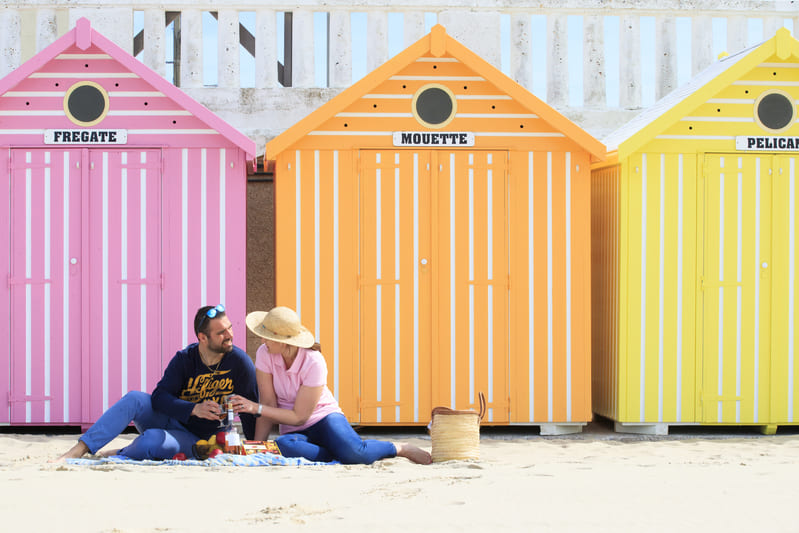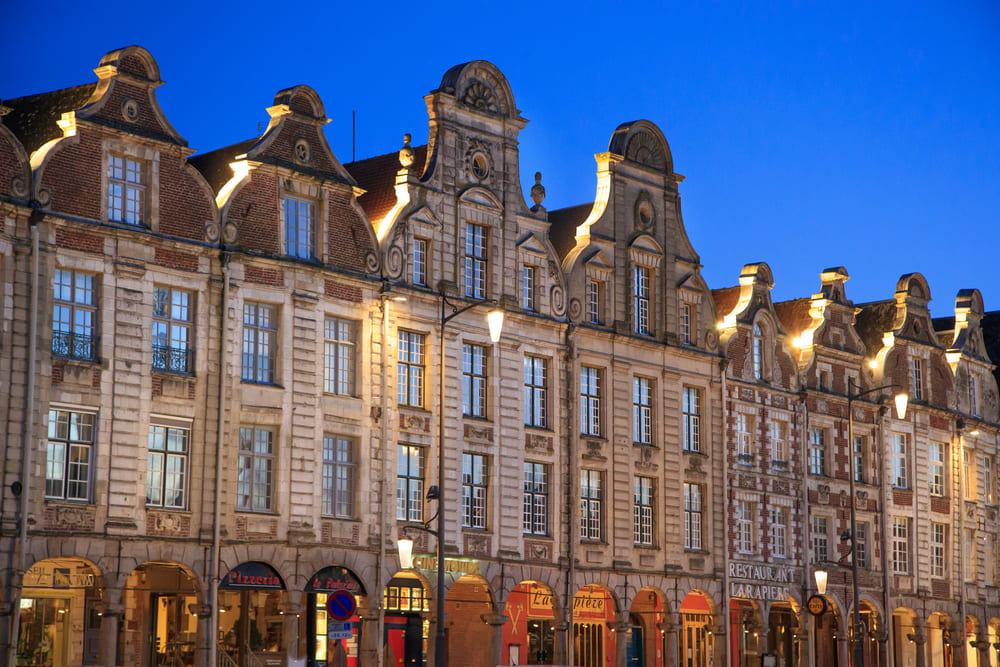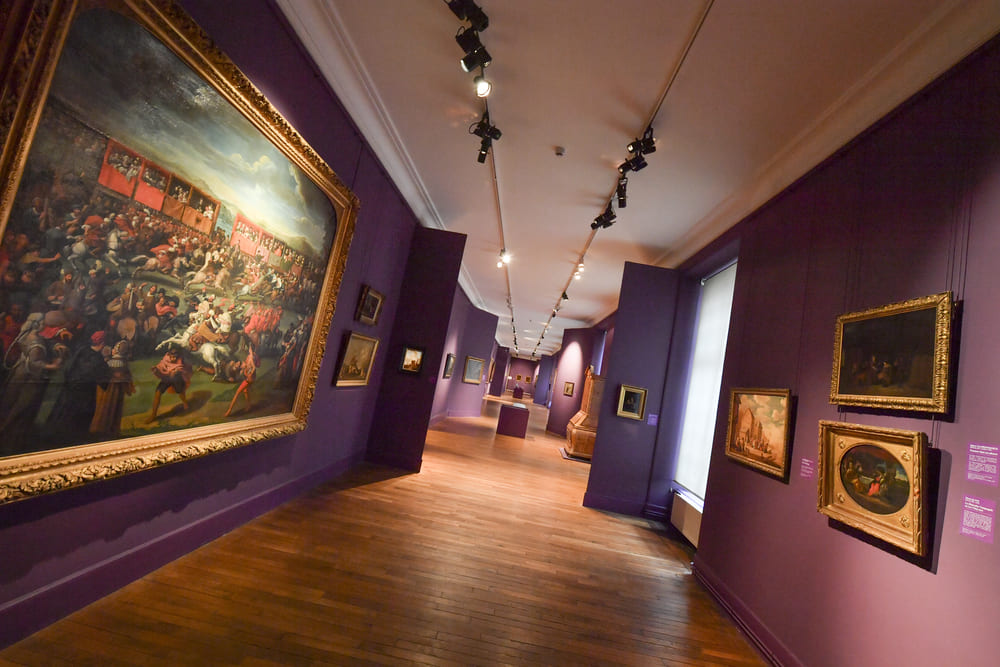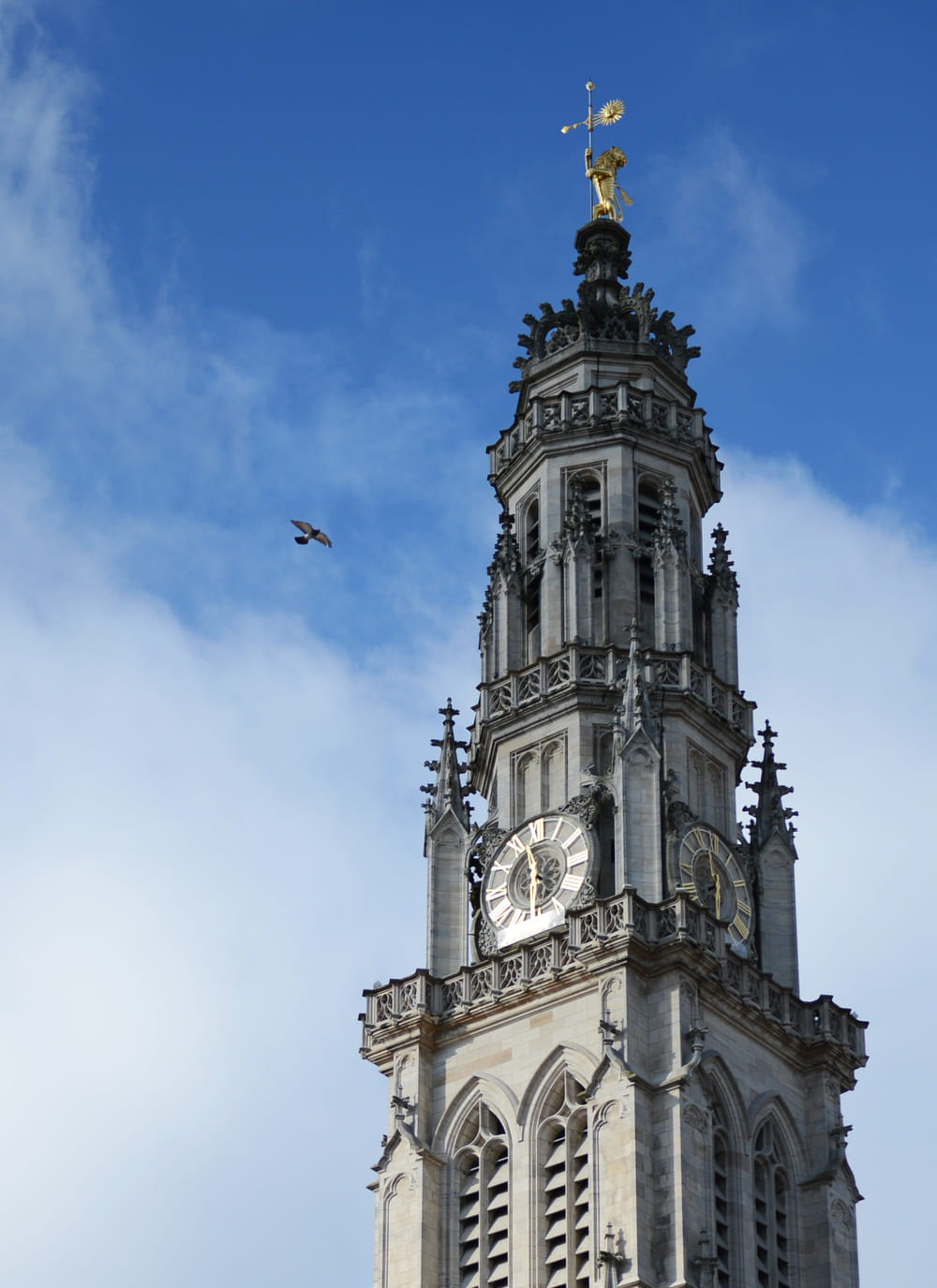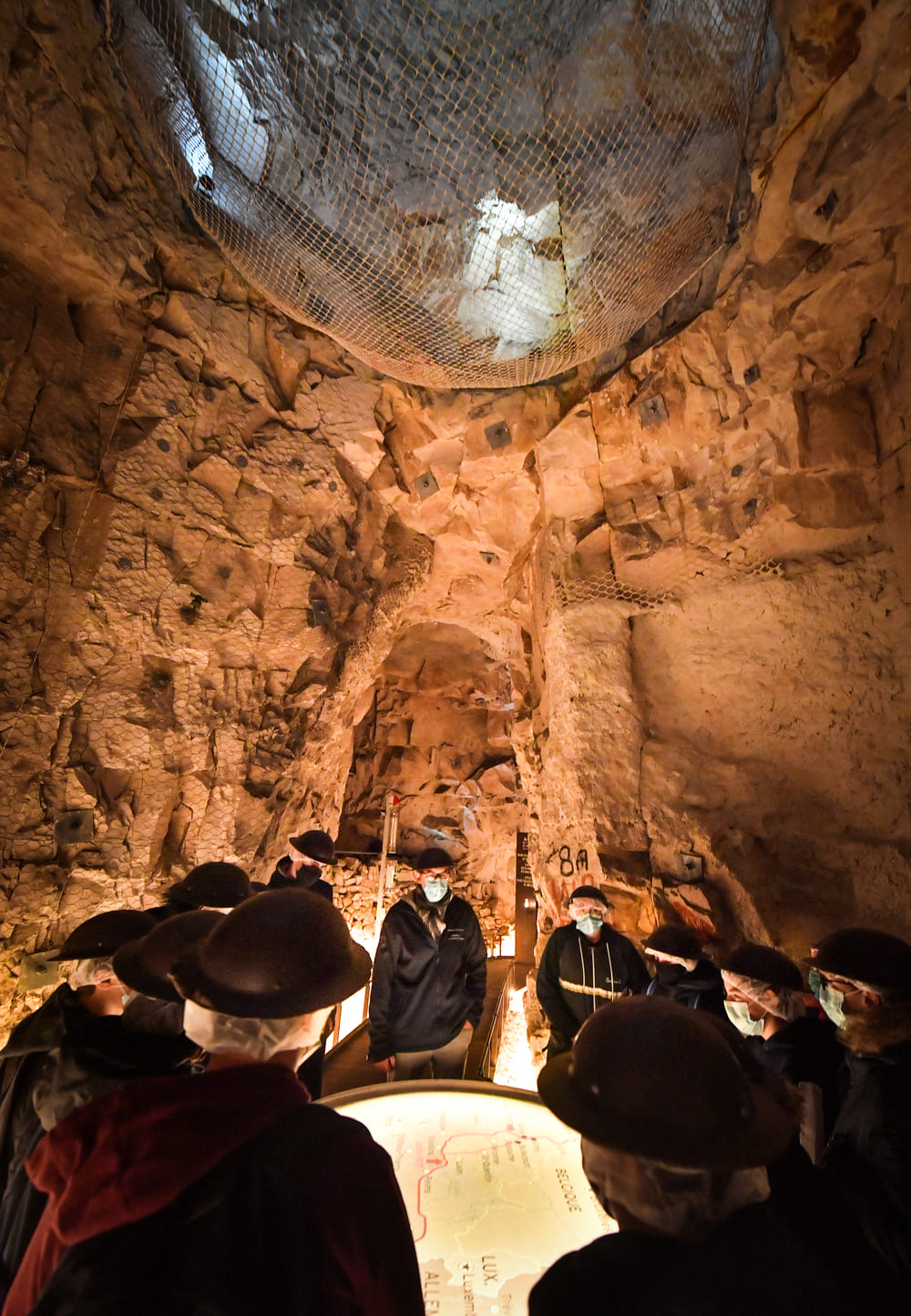Arras: the ideal location to explore a rich history, ancient and modern
Just over an hour by road from Calais or 30 minutes from Lille by train, Arras is one of northern France’s most appealing cities. Its attractive squares, filled with Flemish architecture and café terraces, invite lazy hours of sitting in the sun and absorbing the city’s fascinating history. Whilst Arras makes a convenient base for exploring the surrounding First World War battlefields, the city’s agreeable atmosphere, relaxing restaurants and lively markets will tempt you to stay longer. And its museums, galleries and Vauban citadel make it a must visit for culture and history buffs.
Flemish architecture surrounds relaxing squares
Place des Héros
The prettiest of Arras’s squares, Place des Héros is lined with 155 elegant Flemish townhouses, dating from the 17th and 18th centuries, with beautiful baroque gables that reflect the warmth of the sun. Café tables tucked under the arches quickly spill out onto the cobbled square, and the Belfry stands gracefully over it all. It’s one of the most relaxing places to sit and watch the world go by, but many visitors wouldn’t know that most of the square had to be painstakingly reconstructed after the First World War. To get a flavour of life in Arras during the Middle Ages, take a look through the timescope in the southern corner and be transported back through the centuries.
Place des Héros – Arras © BasvanOort
Grand’ Place – Arras © AS Flament
Hotel de Ville
Arras’s magnificent 16th century town hall takes over the western side of Place des Héros, a superb example of flamboyant gothic architecture. Take a tour inside its chambers, some of which are decorated with vivid paintings of life in Arras over the centuries. Like much of Arras, it had to be reconstructed after the First World War, so look out for art deco motifs here and there.
Grand’ Place
Arras’s largest square boasts 1,000 years of history, harking back to the time when the Grand’ Place was an enormous grain market. Like Place des Héros, it’s lined with baroque townhouses with Flemish gables, with only the Hotel des Trois Luppars showing the distinctive crenellated rooftop you see all over Flanders. Dating from 1467, the hotel is the oldest building in Arras.
Boves
Deep beneath Place des Héroes is a hidden world that’s surprisingly easy to discover. The underground limestone quarries known as the Boves date from the 10th century and burrow into the ground as deep as 12m. From the 12th century onwards, enterprising Arras innkeepers and shopkeepers turned the quarries into a network of tunnels for storage, and some of their descendants still use these vaults. You can take a guided tour of the Boves from the entrance in the Hotel de Ville.
Arras Cathedral and Saint Vaast Abbey
Set in the heart of Arras’s Arts District, the city’s 18th century cathedral houses a few statues from the Pantheon as well as some art deco treasures within its impressive marble interior. Joined at the southern end by Saint Vaast Abbey, whose history goes back to the 7th century, the two buildings form the largest 18th century religious architectural collection in France. The abbey has since been transformed into the fine arts museum.
Museum of Fine Arts – Arras © Yannick Cadart-CD62
Musée des Beaux-Arts
Saint Vaast Abbey’s dignified interior is a suitable setting for some exceptionally fine works of art. Within its airy galleries you’ll see works by artists of the Arras School, including a large collection by Camille Corot, as well as paintings by Rubens and Brueghel. Here you’ll discover more of the city’s history through its art, tapestries and artefacts, and a giant relief map reveals what Arras looked like before the Citadel was built in the 17th century.
More detail on the museum here.
Highlights
Belfry
Taking pride of place in Place des Héros, the Unesco-listed Belfry soars to 75m behind the Hotel de Ville, topped by the golden statue of Arras’s emblematic lion. Take the lift from the tourist office – followed by a short climb of 40 steps – to reach the viewpoint and enjoy panoramic views of the city and the countryside beyond.
Citadel
Sprawling across the south-western side of the city, Arras’s Citadel was designed by Vauban in the late 17th century. Stroll around the vast grounds past the former military barracks – many now transformed into private homes and workshops – and into the surrounding woods. Children can be let loose in the Adventure Course that winds through the forest.
Belfry – Arras © Yannick Cadart-CD62
Wellington Quarry – Arras © Yannick Cadart-CD62
Wellington Tunnels
On the southern outskirts of the city is one of the most evocative war museums in France. Carrière Wellington was dug by New Zealand sappers in 1916-1917 in preparation for the Battle of Arras, and was transformed into a haunting tribute to the thousands who died. Walking through the tunnels on a guided tour, you’ll find it hard to believe that 24,000 soldiers lived in these underground barracks before the April 1917 battle.
Shopping
Make a date for Saturday morning when markets take over the centre of Arras. Behind the Belfry in Place de la Vacquerie, a mouth-watering selection of food stalls fill the square and offer fish, seasonal fruit and vegetables, meat and local cheeses. In Place des Héros and Grand’ Place, both squares throng with stalls selling everything from household goods to clothing. If you’re visiting on a Wednesday morning, you can browse the food market that sets up on Place des Héros.
The arcades of Place des Héros, Grand’ Place and the connecting Rue de la Taillerie harbour pretty little boutiques. Look out for Au Bleu d’Arras in Place des Héros, which specialises in blue Arras porcelain.
La Prairie is a must for any cheese-lover. This cheerful cheese shop and deli is just off Place des Héros and features not just pungent local cheeses such as Petit Dieu and Maroilles, but also charcuterie, Bresse chickens, wines and other delectable foods.
Wander along the main shopping streets of Rue Gambetta, Rue Désiré Delansome and the cluster of streets around Rue Emile Legrelle including Rue Ronville. Along with a large selection of French and international brands, you’ll find an exceptionally good homeware shop at Boyaval.
More dynamic towns to visit
Béthune
Lens
Top ten city attractions
See, do, eat and more
